Saving Plants that Save Lives and Livelihoods – Project highlights
Highlights around the worlld from a BMZ-supported project on wild medicinal and aromatic plants, as featured in the report Wild for a cure: ground-truthing a standard for sustainable management of wild plants in the field.
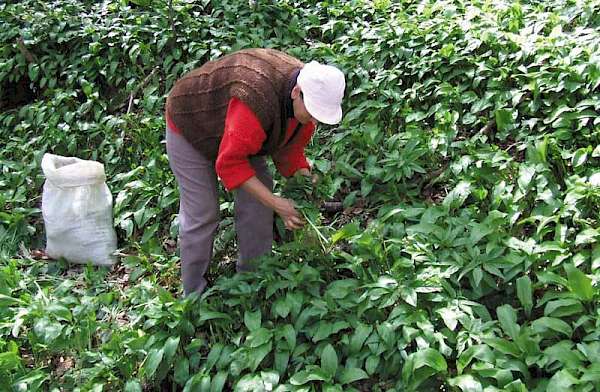
Bosnia and Herzegovina
A sustainable harvesting scheme for the collection of Wild Garlic Allium ursinum in the Vlasenica region was devised to demonstrate the flexibility and application of the sustainability criteria for a non-threatened species.
The project team drew up the Vlasenica Allium ursinum Management Plan (VAMP) and these experiences will now help private companies and the government authorities in extending the scheme to threatened species in the region such as Yellow Gentian Gentiana lutea, Smilje or Imortelle Helichrysum italicum and Bearberry Arctostaphylos uva-ursi. The VAMP commits to improved collection practice, amending licensing procedures, supervision of collecting to prevent illegal harvest and development of a monitoring system.
“Following a successful project, TRAFFIC was asked to contribute to the development of a ‘Rulebook of Conditions for Utilization and the Methods of Collection of Other Forest Products’, the legislation governing collection of wild products from forest in the Republica Srpska – entity of Bosnia and Herzegovina,” said Sladjana Bundalo, Co-ordinator of the project there. Bosnia and Herzegovina is located in Europe’s most important region for wild medicinal plant collection.
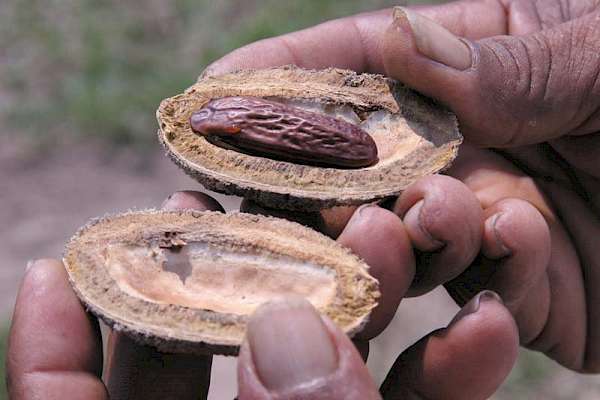
Brazil
A local women’s co-operative, Associacao Vida Verde da Amazonia (AVIVE), on Saraca Island, examined how they harvested and marketed certain natural products and are in negotiation with a major natural cosmetics company in the region over the marketing of their products, which include Puxuri Licaria pucheri, used to treat stomach disorders; Andiroba Carapa guianensis and Andirobinha Carapa procera, used to treat worms, bacterial infections and pain; Burití Palm Mauritia flexuosa, used in sun creams; and Preciosa Aniba canelilla, which produces an aromatic oil.
Key local experts were also identified to help comprehend and promote local capacity on Access to Benefits and Intellectual Property issues.
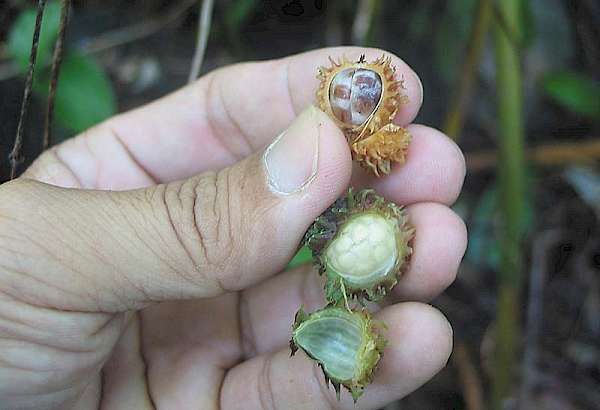
Cambodia
Following FairWild Standard criteria training by medicinal plant experts, local producers have instituted a resource management plan to ensure sustainable use of Krakoa Amomum ovoideum, used to treat respiratory and digestive disorders and Chinaroot Smilax glabra, a liana used to treat acute bacterial dysentery.
Local producers were also trained how to improve product quality through improved harvesting and drying techniques, which helps add value to the harvested plants and improve product marketability.
“Thanks to the support from the project, local people came together to form a co-operative to harvest and market the plant products sustainably, as well as implement a mechanism to share benefits fairly among everyone involved.” said Eanghourt Khou, Co-ordinator for the Cambodian project.
“We now keep harvest and trade records and have much better contacts with our market outlets.”
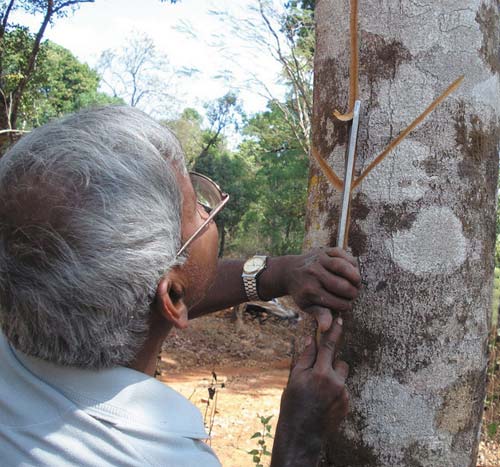
India
In Uttarakhand State, an aerial survey census technique was devised to allow resource assessment of Parmelia lichens that grow on trees and used to treat cardiac problems. A market chain analysis was used to establish a comprehensive picture of the trade of selected species of Parmelia and Coleus barbatus (valued as a de-wormer and in the treatment of cuts), to assist in the development of a long-term sustainable harvesting strategy.
The project’s guidelines have now been adopted as a guiding document by the national committee on ‘Incorporation of Non Timber Forest Products (NTFPs)/Medicinal Aromatic Dyes and Plants (MADPs) in the National Working Plan Code’, devising ways to build recognition of the value of non-timber forest products to local people.
In Karnataka State, a local “task team” in close association with a resin harvesting expert devised a new method to collect the resin of the White Palle Ailanthus triphysa tree, a product valued as a local medicine and used as incense. Instead of removing the bark and killing the tree, collectors now make shallow “wishbone” grooves in the trunk which are coated with a resin stimulating hormone. The quality of resin harvested in this way is significantly better compared to resin collected using conventional methods.
“It was important to find a way to collect the resin in a commercially viable way without destroying the tree,” explains Dr M N B Nair of the Institute for Ayurveda and Integrative Medicine (IAIM), who helped devise the method.
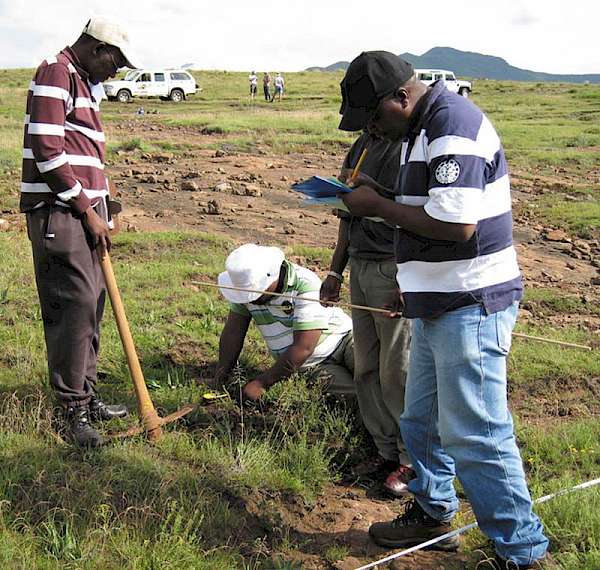
Lesotho and South Africa
A harvesting and management strategy for Kalwerbossie Pelargonium sidoides in Lesotho will ensure substantial improvements to local livelihoods through the provision of a better quality, reliable supply of raw materials.
The trade in this slow-growing plant used to treat diarrhoea and other digestive disorders is currently largely unregulated, but following the project, a Biodiversity Management Plan for Kalwerbossie is soon to be submitted to the South African and Lesotho Governments.
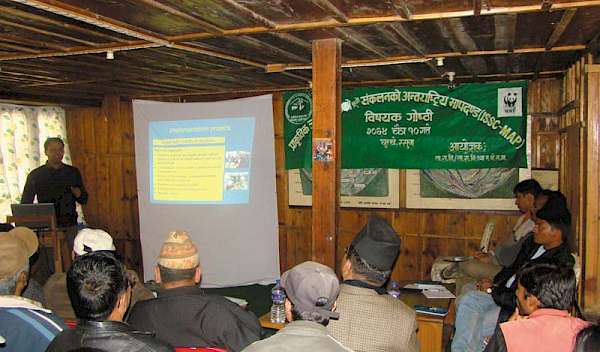
Nepal
In Kangchenjunga Conservation Area (KCA), the harvesting and trade of Kutki Neopicrorhiza scrophulariiflora, used to treat respiratory problems, and the harvesting of Chiraito Swertia chirayita in Langtang National Park Buffer Zone, used to treat coughs and common colds were studied, leading to implementation of sustainable harvesting practices, the identification of new market opportunities and ways to add value to the products. WWF-Nepal helped local communities strike a deal with an international medicinal plant trading company leading to higher prices and better income for local producers.
“Signing a memorandum of understanding with a medium/large national and international medicinal plant trader was a first promising step towards the establishment of business links,” said Ghana Shyam Gurung, Conservation Program Director, WWF Nepal
“Now we can have confidence that our harvest can be both sustainable and maximize our income potential.
“Complying with the FairWild Standards means obtaining a collection permit is more straightforward and means collecting bans can be avoided in the future.”

